There’s a lot to learn from a group of people by the way they put together their meals. The ingredients, cooking methods and energy they apply into feeding themselves extend beyond nourishment, with their culinary skills reflecting different beliefs, traditions and habits.
As such, experiencing and experimenting with local traditional foods provides an education of the culture. Below are some dishes to introduce you to the scope of local Ghanaian food put together by The BBC Ghana.
Fufu and goat light soup
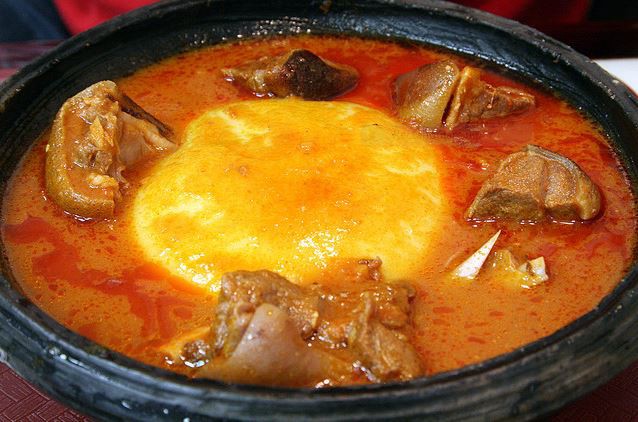
In the Eastern and Ashanti regions of Ghana, one meal guaranteed to work its wonder is fufu and goat light soup, the proud dish of the Akan. Fufu is a staple food across West Africa but in Ghana, it is made by pounding a mixture of boiled cassava and plantains into a soft sticky paste to go along with aromatic and spicy tomato soup.
Jollof rice
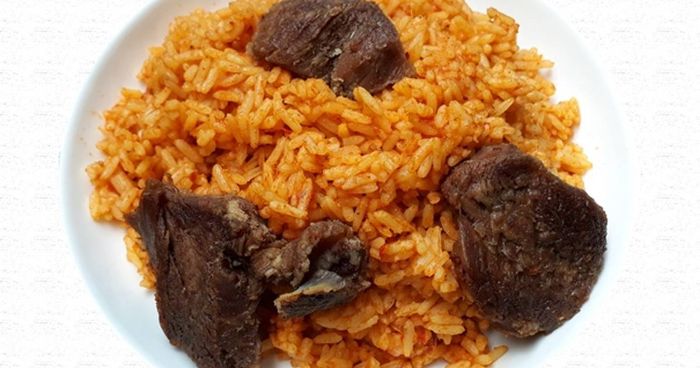
Jollof is a pot dish of rice prepared with tomato sauce and served with meat or fish that stirs up plenty of interesting debate online. The rice soaks up the juicy flavours and turns orange when cooking, and is a national favourite that can be found in most restaurants or dished out by street vendors at affordable prices.
Waakye
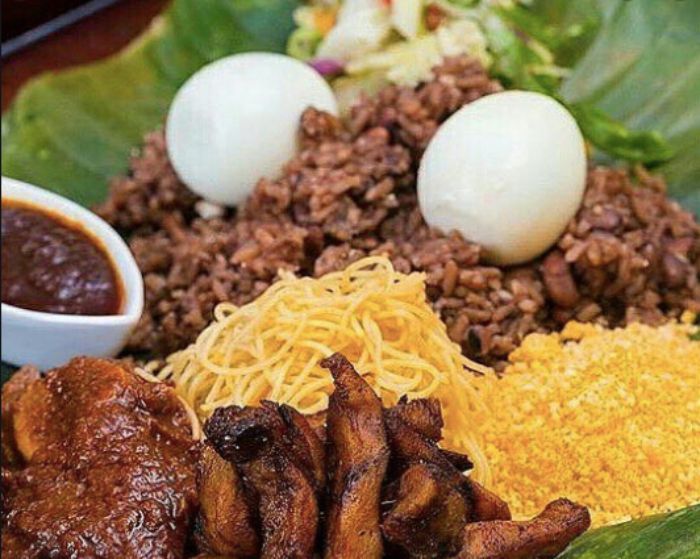
Waakye is another food that exhibits Ghanaians’ creative use of rice. The recipe is a medley of beans and rice and was originally a Northern dish, but it can now be found almost everywhere. Eating Waakye will open the door to a range of Ghanaian tastes and flavours as the main dish is served with other sides such as fried plantain, gari (grated cassava), spaghetti and avocado.
Banku and tilapia
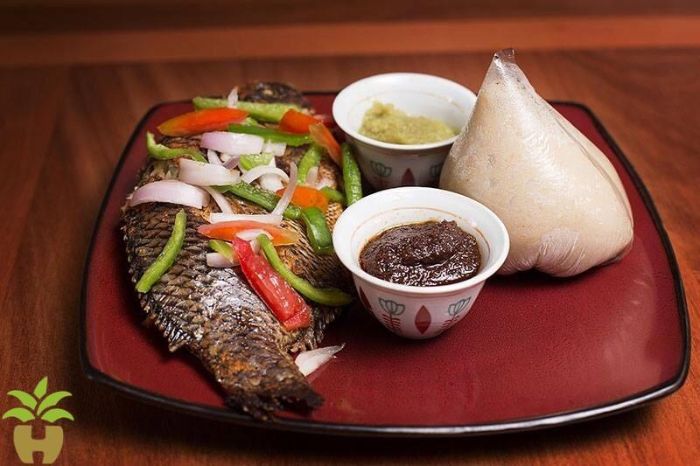
When you see fish being grilled on the streets of Accra or Kumasi, it is most likely to be tilapia. It complements Banku, a Southern mix of fermented corn and cassava dough, and very hot pepper, diced tomatoes and onions. Banku is one of the main dishes of the people who live by the Ghanaian coast.
Red-red (Gari and Beans – Gɔbɛ)
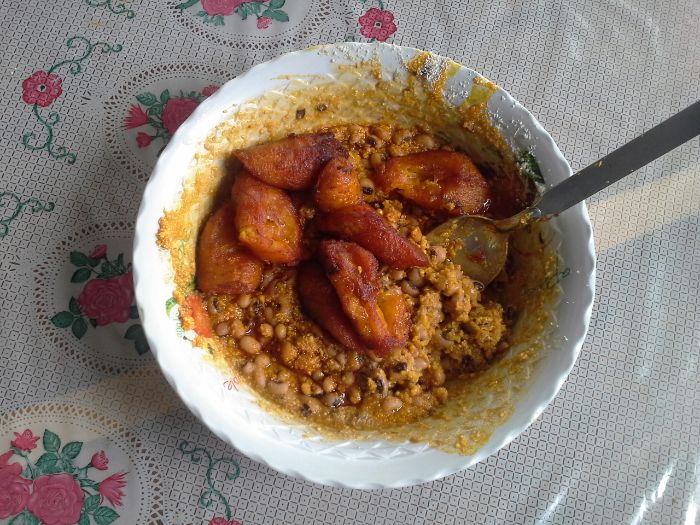
Red-red is a filling traditional dish that consists of cowpea beans boiled to make a broth, served with palm oil and soft, fried plantains. It is one of the Ghanaian dishes that doesn’t use a lot of spice because the main taste comes from the ingredients it’s served with – it can also be dished up with gari to make it even more hearty. Red-red is also a perfect choice for vegetarians as no animal products are used.
Tuo Zaafi
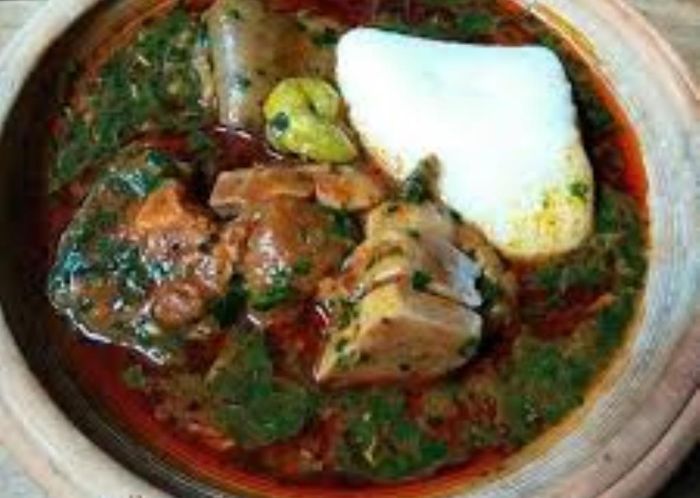
Tuo Zaafi
Northern Ghanaian food is dominated by the use of grains, herbs and meat as these are the main food products of the area. Tuo Zaafi is similar to banku, although it is quite soft and less sticky, and is made by cooking corn dough and adding a little cassava. What distinguishes Tuo Zaafi and makes it a popular meal nationwide is the nutritious and rare herbs used in making the accompanying soup, including dawadawa and ayoyo leaves.
Kelewele
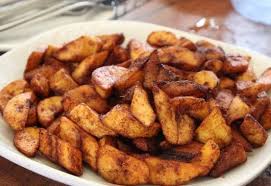
Kelewele is an instant favourite among anyone who tries it, even those who aren’t big fans of peppery food. Usually sold as a snack or side dish. it is made by frying soft plantains that have been soaked in a medley of peppers, ginger and garlic. The aroma is crisp and strong, while the pleasant plantain adds some sweetness to the sour.
Omo Tuo (Rice Balls)
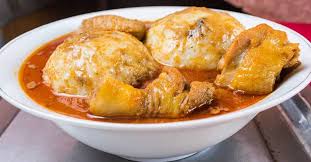
Omo Tuo (or rice balls) are another traditional Ghanaian food that shows how the population often reinvents the myriad ways of eating rice. It comprises soft boiled grains that are moulded into balls and served with a variety of soups and make a great accompaniment to many dishes like fufu.
Source: TheBBCghana.Com

















